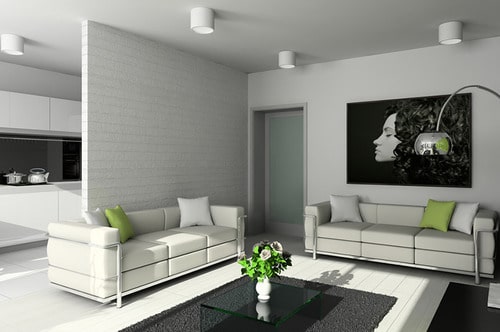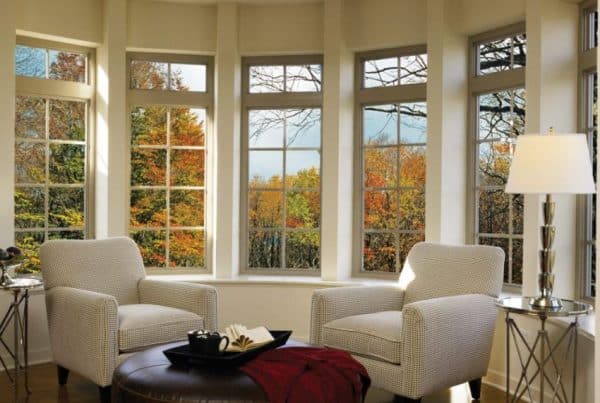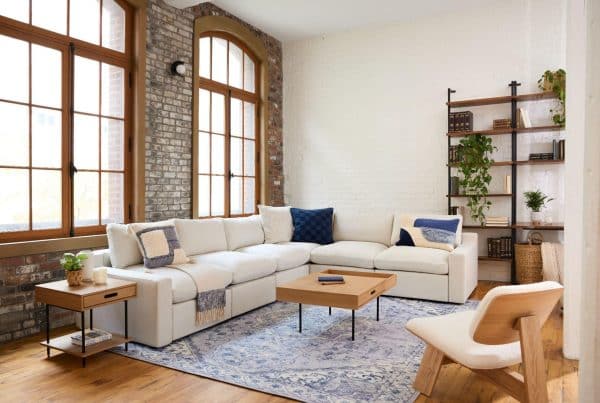Our homes reflect who we are as people. Generally, the more pragmatic someone is, the more minimally they’ll design their space. On the other hand, vibrant and expressive personalities may prefer pastel accents and daring pieces of furniture.
For the most part, we mix and match design styles from a wide range of inspirations. Around the world, different cultures tackle home interiors with different priorities, from spatial arrangement to color choice to functionality. Invariably, we adopt tips we see on shows like Dream Home Makeover to The World’s Most Extraordinary Homes.
Today, most facets of our lives have been influenced by global trends. From entertainment to philosophy, we’re living in an increasingly multicultural world. For example, some games now span the globe, with classics like sic bo and poker available from Vegas to places like Macau and Jeju in China and South Korea, respectively.
And, in terms of philosophy, concepts like yoga and magical realism are now recognized around the world, though they originated from places like India and South America. We’re not just interested in learning new practices, but seeing how they fit into our lives, whether purely for recreation or something more.
Interior design is no exception. Whether living space is small or grand, there are design tips from around the world that can help us turn our house into a home.
Community-First Design
When it comes to interior design in areas like the Middle East, decadent design is grounded with an emphasis on community. Traditionally, dining rooms don’t involve high tables and chairs. Instead, everyone sits on the floor, where communicating and sharing food is easier.
The lower arrangement expands space so more people can gather—without separating guests with too many extra pieces of furniture. This makes it ideal for sharing large meals, or simply sitting down to share tea in the afternoon.
Can’t find the right furniture for a room? Consider designing from the ground up… literally.
Havana Havens
One key aspect of Cuban design is color choice. Designers use dynamic colors like bright yellow and sky blue to communicate emotion and give life to space. According to experts, color choices like these can literally elevate a person’s mood and create a high-energy space.
The message here, whether painting the walls or looking for a sofa that pops, is to closely consider color choices. One handy rule that interior designers use today is known as the 60-30-10 rule; one color will be more neutral and account for 60 percent of the space, while secondary aspects will cover another 30 and 10 percent.
A Touch of Zen
Wabi-sabi is an interior design concept from Japan. It draws on elements of Zen philosophy to inspire a peaceful state by arranging certain furniture in specific places. The main focus is to keep colors, patterns and lines to a minimum to create a relaxing atmosphere for the eye.
Textures are soft and streamlined, while nature is included by incorporating paintings of bonsai trees. Wabi-sabi ideas will be most relevant for those who want a simple, minimal design but who aren’t sure where to get started.
Or a Splash of Feng Shui
Though many Westerners think they understand Feng Shui, the ancient art is much more complex than many realize (much like Wabi-sabi). The term translates to ‘the way of wind and water’, and is largely used to help order a room in terms of furniture placement.
Oftentimes, this can be one of the most challenging aspects of moving and arranging a new space. Many turn to Feng Shui to learn a few tips about where to put their bed or couch, but the art offers much more.
Like Wabi-sabi, it prescribes calm and neutral tones to instill relaxation, and also emphasizes personal movement within a space. In other words, those looking to adopt Feng Shui tenets into their home design will need to read up on the art to achieve balance and consider elements like airflow.








